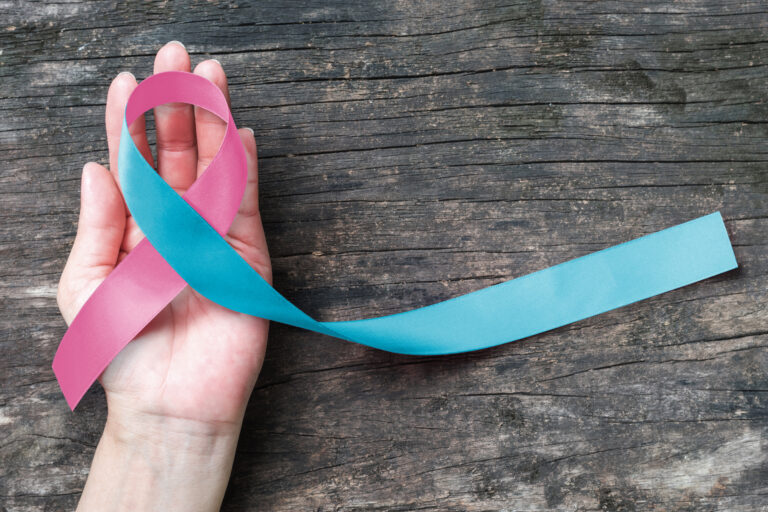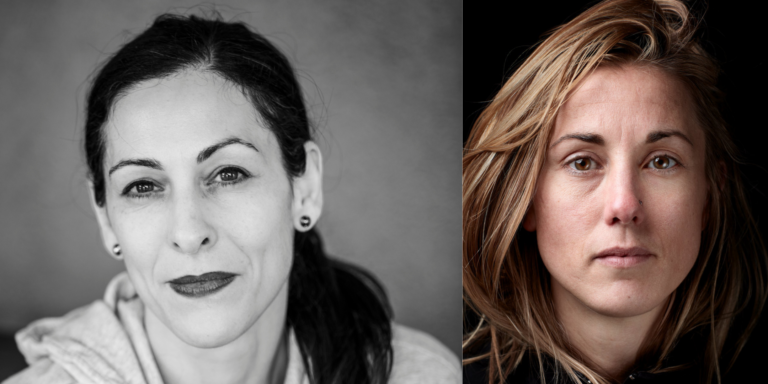Watch Kat Wildish’s adult class in New York City, and you’ll see all kinds of people living their dream of dancing on pointe. Perhaps some of them stopped dancing as children before they got their shoes, or they lament quitting ballet to pursue another career. And for some people who’ve never danced, being on pointe is at the top of their bucket list. Adult students of all types are a growing population, and more and more of them are expressing interest in pointe.
Mature dancers, however, require different considerations—both emotionally and physically—from their pre-teen counterparts, especially when developing skills and strength for pointe. By taking note of their unique needs, you can tailor pointe classes that will help them safely achieve their goals.
Test for readiness.
Like children, adults need to show certain proficiencies before they are ready to start on pointe. Lindsey Salvadalena, a teacher at Bay Pointe Ballet in San Francisco, follows the same guidelines for all students regardless of age. “They have to have proper alignment and an understanding of their own body,” she says. “They should be at an intermediate to advanced level of ballet, with strong feet.”
Salvadalena then gives her adult students the “ruler test” to determine if it will be possible for them to stand over the box of a pointe shoe. “Adults tend to be stiffer, and they often don’t have the same range of motion that children do,” she says. “I have them point their foot and put a ruler on top of the ankle, looking for at least a straight line from the top of the ankle to the toes.” Without enough ankle and foot flexibility, they might have a clawed-looking foot, which would prohibit them from standing correctly in the shoes.
Wildish allows anyone with ballet training to come to her pointe class, but they have to do it in soft ballet slippers on demi-pointe if they’ve never been on pointe before. “I have them start in parallel to see what they’re doing with their feet,” she says. “Most people go to the outside of their feet and ankles, and it’s hard to get an adult to go over the big toe. They have to work properly in technique shoes first.” Wildish suggests that these students take regular ballet classes and do pointing and flexing exercises with a TheraBand to improve alignment, and focus on doming exercises to help strengthen their feet.
Respect their maturity.
Wildish’s class roster includes lawyers, stay-at-home moms, 75-year-old women—and even some men. “They’re all professionals in their own right and, as a teacher, I have to approach them as such,” she says. That means having honest communication with dancers about their ability and being realistic about their expectations. A dancer who is close to being strong enough may still need a few more years of training. Wildish finds it’s best not to mince words or oversimplify the information. “You have to deal with these dancers as adults. They’ve already bought the shoes and put on the outfit, and they choose to go through this process, which can be very demanding and frustrating as an adult,” she says. “Adults who come to pointe class are not looking for a quick fix.”
Different ages, different bodies.
Unlike children, adult bones are fully ossified and set in place. Teachers don’t have to worry about growth spurts and other developmental milestones, but there are other considerations. For instance, adults may have low bone density, which can put them at risk of fracture. “Heredity, diet, thyroid issues, smoking, chemotherapy and ovarian surgery can all have an effect on reduced bone mass,” says Dr. Thomas Novella, a podiatrist who works with professional dancers in New York City. If any of those risk factors are present, he recommends dancers have their bone density checked by a doctor before starting pointe.
It’s also important that adults build their core strength so they can lift up out of their hips and legs during pointe work. Wildish suggests that students cross-train by doing upper-body exercises, like 10 push-ups or a two- to four-minute plank position each day. This is especially important for adults. “Their legs are very strong, but the upper body slouches because they’re on computers all day,” says Wildish.
Adult students need to be mentally strong as well. If, for instance, they are scared to go on pointe, or to let go of the barre, their timid approach can make them more vulnerable to injury. To increase confidence, Wildish suggests that all her students cut the satin off the tips of the shoes to expose the canvas and create a little more grip. “It gives them confidence, and they learn about the makeup of the shoe,” she says. “Adults are especially afraid to turn,” says Wildish. “Children turn until they fall down laughing. But an adult needs to do just a quarter or half-turn until they know that they can do it.”
Keep it small and take it slow.
Wildish tries to limit her class size to 8 to 12 students so she can watch them carefully. “Every single class I worry about them getting injured,” she says. “They know not to dance unsupervised in the corner. At barre, we go over and over things.” Her class starts with pliés in parallel, then rolling up and down through each foot to reinforce proper alignment. She repeats these exercises turned out, stressing the importance of not wobbling.
Basic pointe exercises are the same for adults as they are for children. But an adult class should move slower, especially for those who take only one or two classes a week. Salvadalena recommends taking as much time as you need for each concept, rather than fixating on a particular goal. “For most of our adults, the goal is just to go on pointe,” says Salvadalena. “They don’t have big dreams of being able to do fouetté, fouetté.” She adds, “You don’t want to push them if they’re not ready. If you have to spend six months working in parallel, then that’s what you do.”




